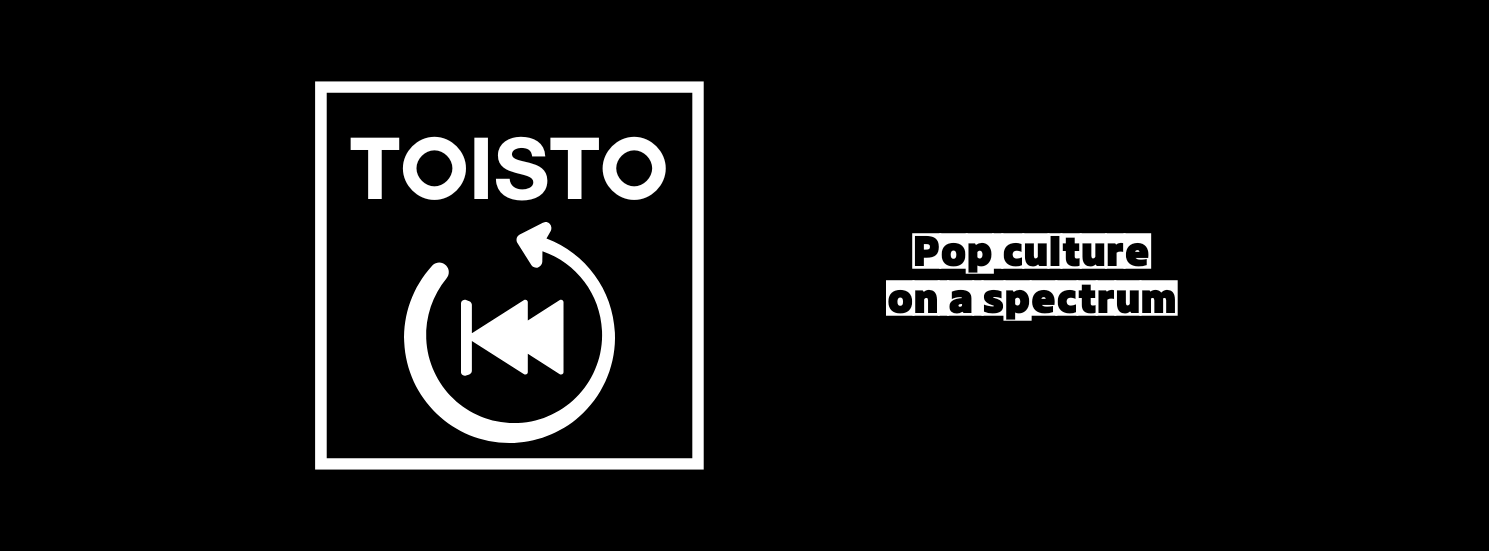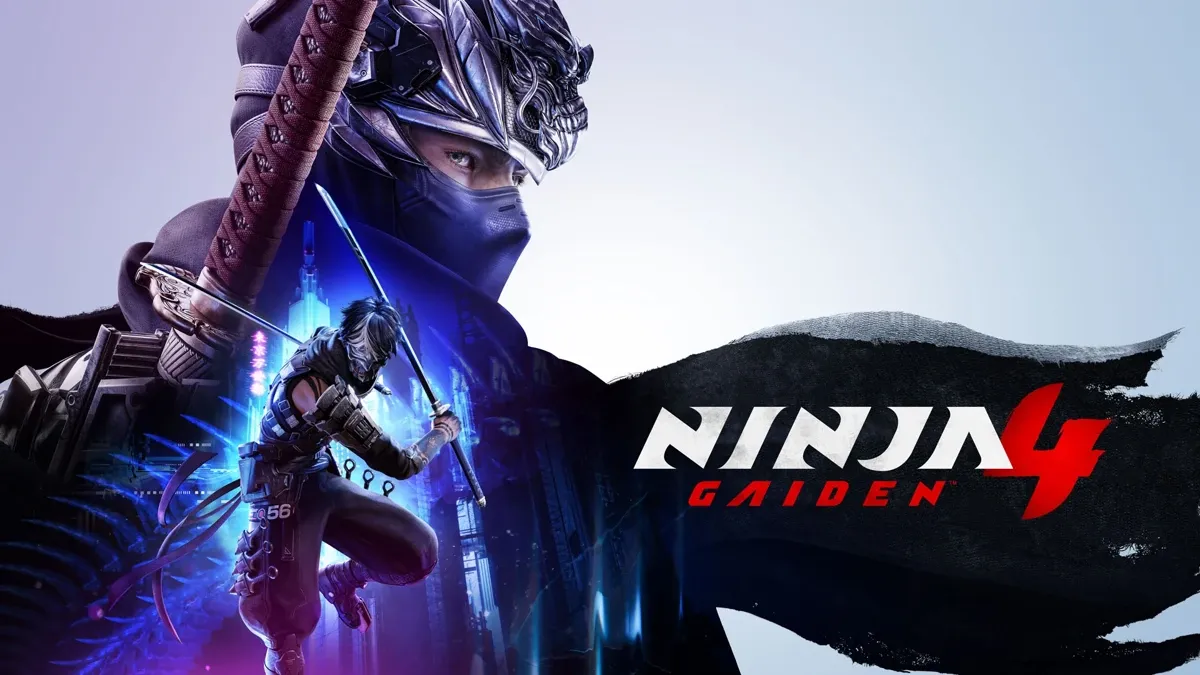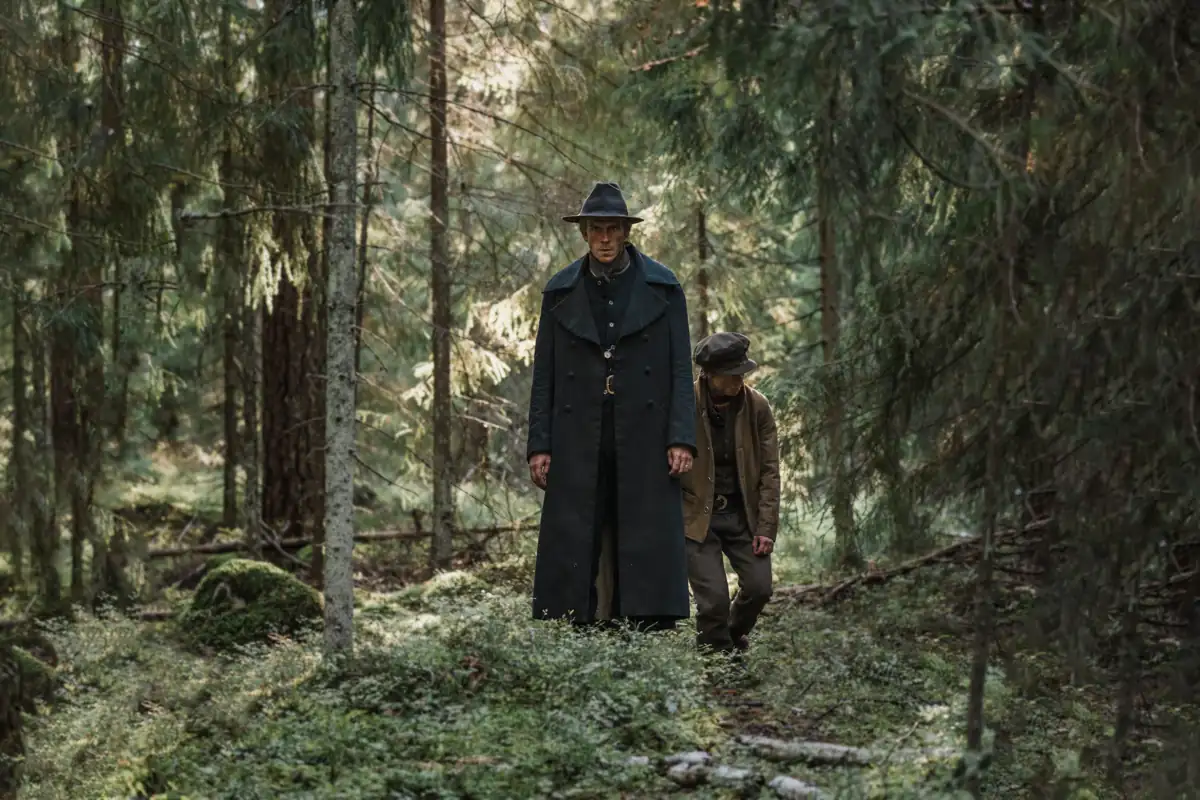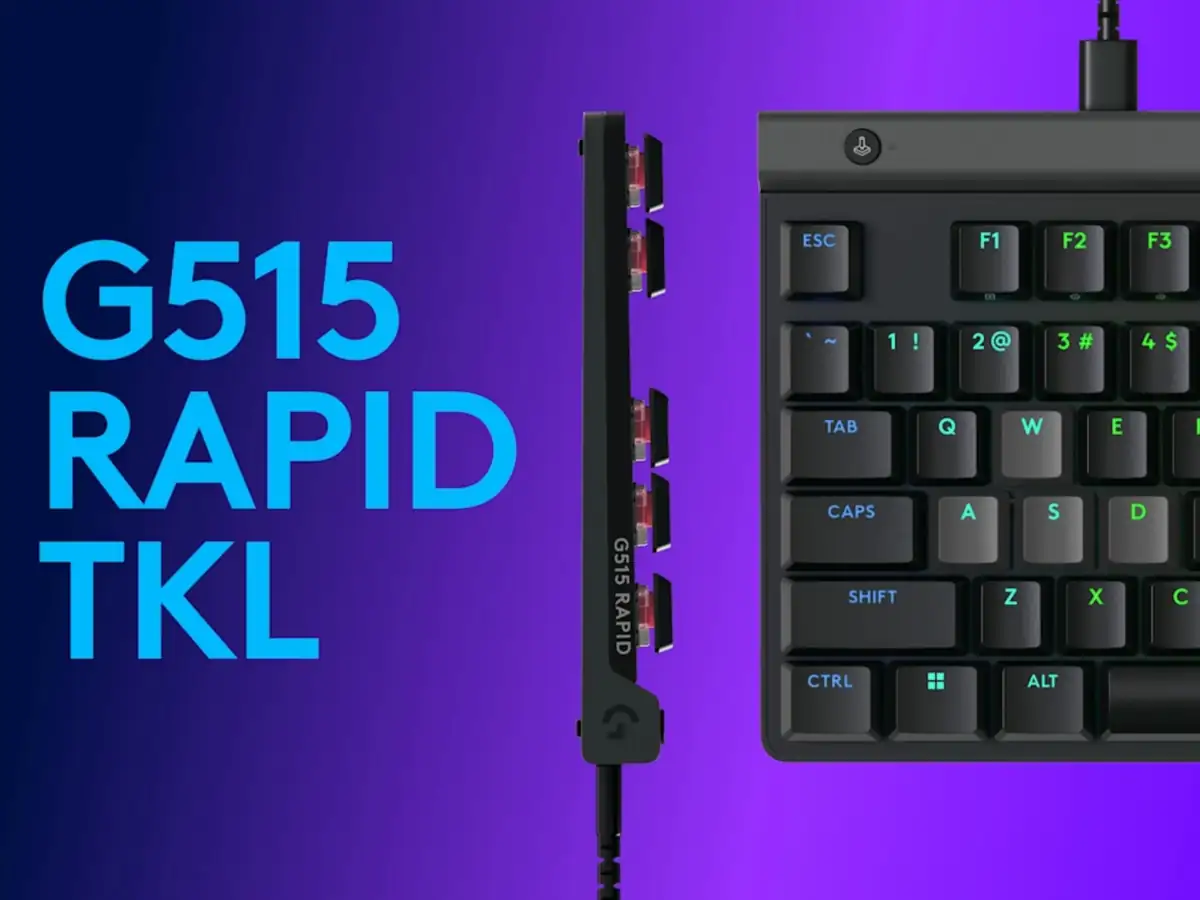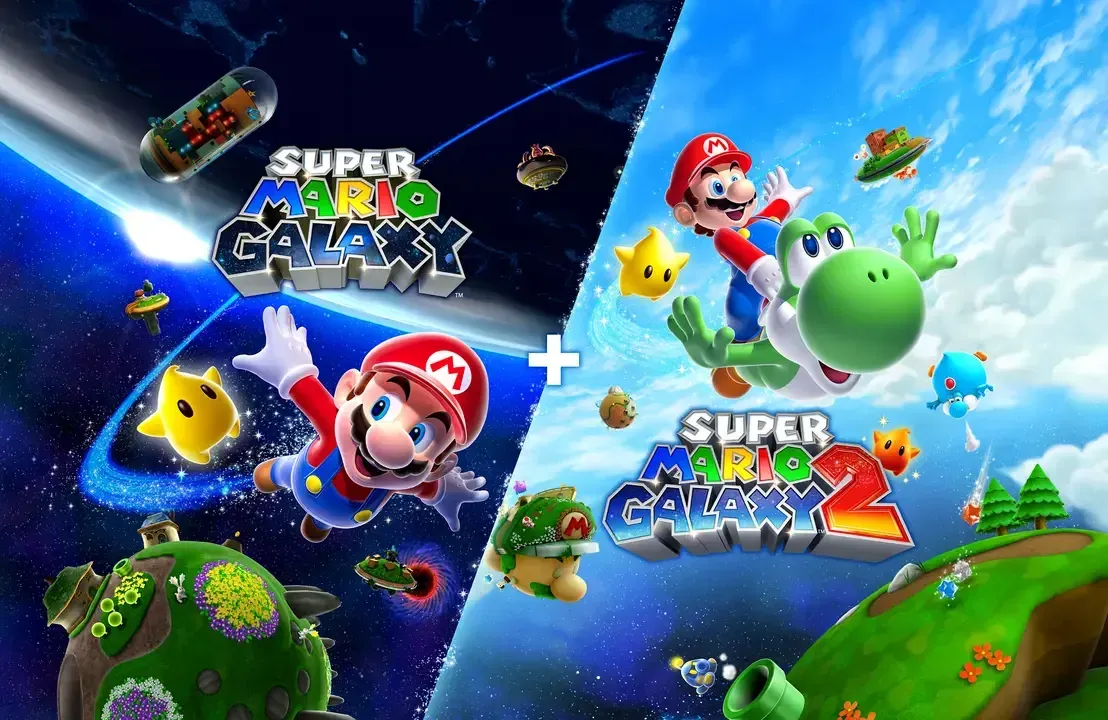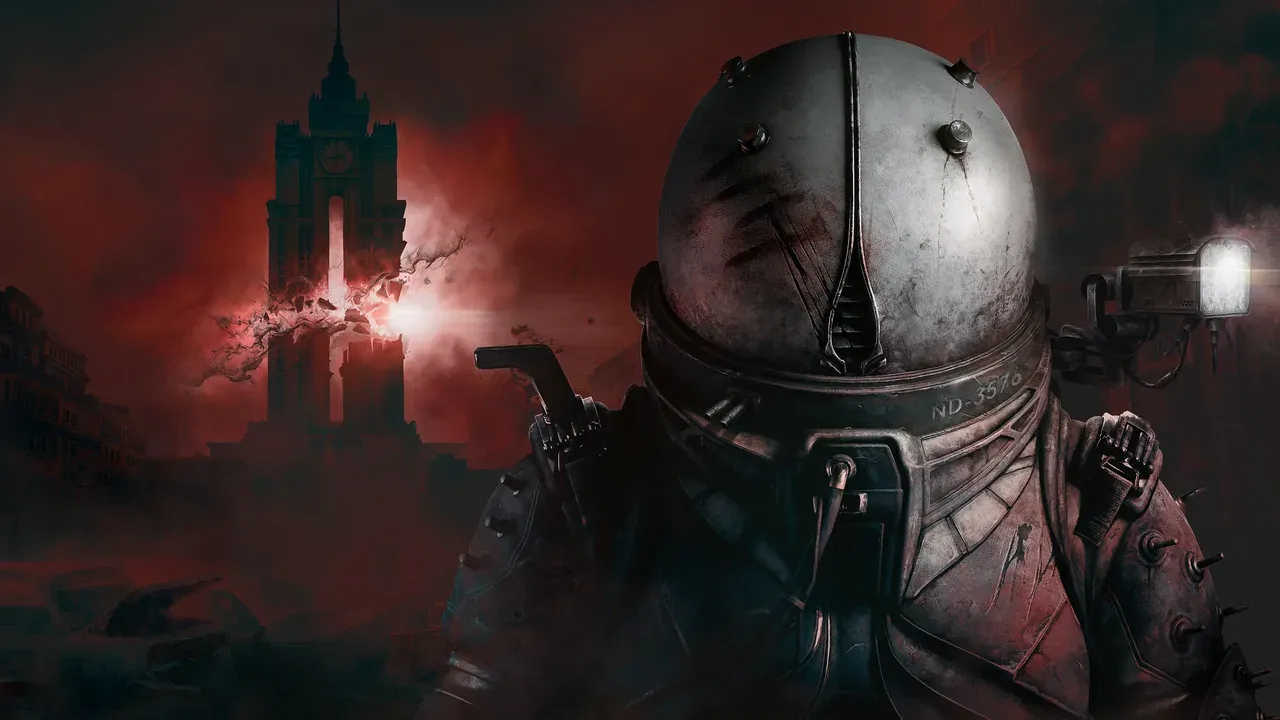I covered Ghost of Tsushima extensively back in 2020 when it first arrived for the PlayStation 4. Just over a year later, the PlayStation 5 now dominates the gaming landscape, and it’s only natural that Sucker Punch returns to the island of Tsushima with an expanded and enhanced version of their masterpiece.
While calling it a new game is a stretch by any measure, the director’s cut features higher resolution graphics, better frame rates, and an entirely new island and quest line to explore. The result is an impressive introduction for newcomers and a welcome return for fans who’ve already completed Jin’s campaign against the Mongols.
The original campaign remains unchanged, so the main focus is on Iki island, the new destination where Jin travels to combat the invading menace.
It’s not so much a sequel as it is an expansion of the established lore. Delving deep into Jin’s past, Iki island is the source of his trauma and the site where his father was killed years before. Haunted by his failure to protect his family, Jin finds himself lost on the remote island, surrounded by a new variant of Mongol warriors, who control their enemies through poison and mind games.
The plot itself is not as good as the main campaign. More experienced fans will be able to call out plot twists far in advance. Especially when it comes to mind control and poison. Sadly, after the nuanced exploration of guilt, honor, and tribalism in the main quest, Iki island’s narrative feels like it was cut was for a reason. Granted, most of this is just an excuse to continue the adventure. On that front, things could be far worse. Tsushima remains one of the most playable and exhilarating open-world games to date.
What separates Iki from Tsushima is the past, and it’s one of the more fascinating aspects of the story. Years before, Jin’s father helped the samurai to conquer Iki, and before the rebellion which led to his death, the Kasai family ruled the island with an iron fist. Jin’s return is not so much as a hero, but a reminder of yet another enemy Iki has to face should their defeat the Mongols.
And while this aspect doesn’t get the kind of emphasis I feel it deserves, its inclusion alone is noteworthy.
Iki island, like Tsushima, comes packed with things to do. The basics are all there; archery, haiku locations, hidden treasures, and magical animals guiding you to secrets all pepper the landscape. But the smaller island is also more densely packed than the expansive Tsushima, occasionally overwhelming the player with choice.
But like its predecessor, Iki shines when it allows Jin to just explore and take in the vastness and beauty. Sucker Punch has once again crafted an immaculate, gorgeous reality that’s a pleasure to get lost in. From high mountain peaks to drenched shorelines, every location is a joy.
Likewise, the combat is much the same as it was in the main chapter. But thanks to an updated frame rate, everything feels even more fluid and balletic than before. I’m not a huge fan of the new Shaman class of enemies, which buffs other minions and evades combat in the background, but everything else is as fun as I remembered it.
On the technical side, Tsushima boasts some clever and finely tuned additions to the PS5 controller. Bowstrings now feel weighty thanks to the R2-switches tactile functions, and there’s an immense sense of pleasure when you hear the “twang!” emitting from the controller’s speakers as an arrow lets loose.
While the director’s cut of Tsushima doesn’t offer as much diversity compared to the original, it is more of everything that made it great.
As a technical update, it rejuvenates the already impressive adventure for the next generation. There’s a wealth of little improvements peppered everywhere, and while most will go unnoticed by mainstream audiences, they are extremely appreciated.
But more of the same is not necessarily a bad thing, especially when that same thing is more of Ghost of Tsushima. The plot may not be as grand and epic as in the main campaign, but Iki island offers its own wealth of hefty drama. Much of it, in fact, is deeper and richer in subtext than before. It doesn’t quite stick the landing, but even small stumbles feel insignificant to the expansive adventure otherwise in store.
For newcomers to Tsushima, this is the definitive edition for you. Returning players will appreciate the technical upgrades, but it’s the expansion that’s worth the extra journey. Especially if Tsushima already feels like home.
